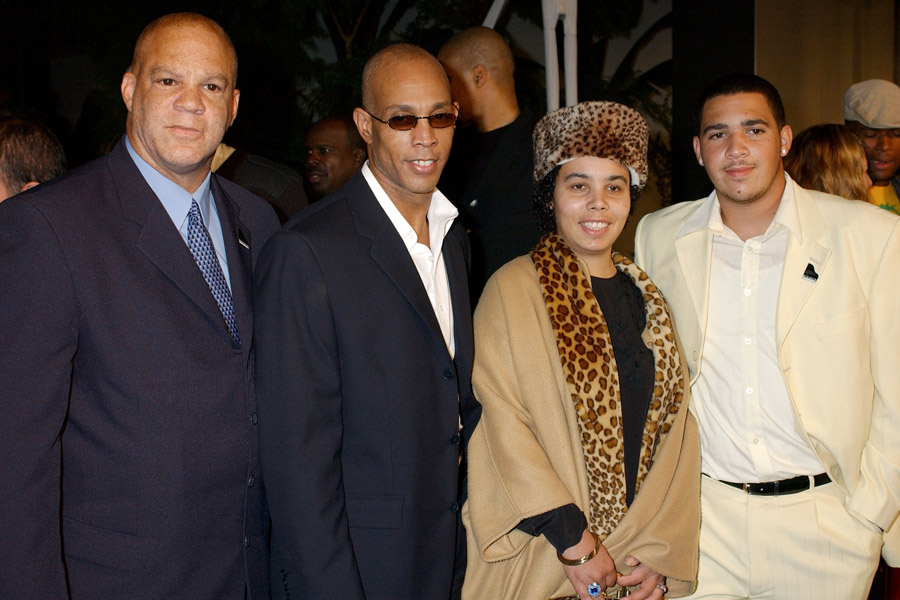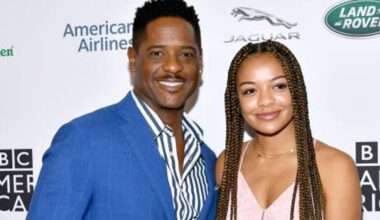Basic Information
| Field | Details |
|---|---|
| Full Name | Charles Wayne Hendricks |
| Also Known As | Charles Wayne Hendrix; “Charles Wayne” |
| Date of Birth | October 1, 1959 |
| Place of Birth | New York City, New York, USA |
| Mother | Margie (Marjorie) Hendrix, singer with the Raelettes (1935–1973) |
| Father | Ray Charles, musician (1930–2004), as widely reported in biographies |
| Siblings | Numerous half-siblings through his father (commonly cited total: 12) |
| Notable Half-Siblings | Ray Charles Jr.; Sheila Raye Charles (1963–2017) |
| Occupation | Not publicly documented |
| Marital Status | Not publicly documented |
| Children | Not publicly documented |
| Death | Often reported as deceased; some memorial listings cite 2013 (status not independently confirmed) |
| Distinguishing Note | Surname appears in records as both “Hendrix” and “Hendricks” |
Origins: A Birth in the Spotlight, a Childhood in the Shadows
Charles Wayne Hendricks entered the world on October 1, 1959, in New York City, during a moment when his mother’s voice was part of a revolution in American music. Margie Hendrix, the powerhouse lead of the Raelettes, electrified stages beside Ray Charles, blurring the lines between gospel fire and secular swing. Within that incandescent orbit, Margie gave birth to Charles Wayne—whose surname would later surface as both “Hendrix” and “Hendricks,” a duality that mirrors the contradictions of his public footprint: indelible in origin, elusive in detail.
Accounts consistently identify Ray Charles as the father. The relationship between Margie and Ray—musically brilliant and personally turbulent—burned hot across the late 1950s and early 1960s, shaping the context in which Charles Wayne was born. But while the parents were stars, the child remained offstage. After Margie’s departure from the Raelettes and her early death in 1973, histories grow quiet about who raised Charles and where he lived. What’s left is the silhouette of a real person whose life unfolded beyond newspaper columns and stage lights.
The Family Constellation
Fame casts long shadows, and the family of Ray Charles is expansive. Charles Wayne stands among a large cohort commonly cited as 12 children—siblings spread across decades, cities, and stories. While some half-siblings, like Ray Charles Jr. and Sheila Raye Charles, became public figures in their own right, Charles Wayne did not leave a similarly broad public trail.
- Parents:
- Ray Charles (1930–2004): Architect of soul, Grammy magnet, and cultural lodestar.
- Margie Hendrix (1935–1973): Raelettes star, a voice like a brass section, and a central figure in the Ray Charles sound.
- Half-siblings (selected, widely recognized):
- Ray Charles Jr.: Author and public voice on the family legacy.
- Sheila Raye Charles (1963–2017): Singer and speaker whose life and work honored and complicated the family narrative.
In this constellation, Charles Wayne appears as a quiet, steady light—present in the charts, rarely in the headlines.
Name Variants and Record Trails
A persistent source of confusion is the surname: Hendrix vs. Hendricks. Both forms appear across memorials, biographies, and fan compilations. Spelling drift happens in the best of families, and it happens more often when a person is not a frequent subject of public records or press coverage. For researchers and casual readers alike, this single letter can hide or duplicate results, creating overlapping profiles that are hard to disentangle.
Common Variants
| Variant | Notes |
|---|---|
| Charles Wayne Hendrix | Often used in memorial listings |
| Charles Wayne Hendricks | Frequent in biographical and family lists |
| Charles Wayne | Appears in anecdotal family mentions |
Reported Later Life and Death
Unlike many of his half-siblings, Charles Wayne did not cultivate a public career or leave a record of albums, film credits, or long interviews. His adulthood largely disappears from broad public view. Memorial listings often report him as deceased, with 2013 circulating as the year of death. However, obituary matches for that exact identity sometimes conflate individuals with similar names. Absent an unequivocal public record tying the 1959 New York birth to a specific death notice, the date remains reported rather than definitively documented.
In other words: there is smoke, and quite a bit of it, but the fire—an authoritative public record—remains hard to locate in open sources.
Why the Record Is Fragmentary
- Name variation: “Hendrix” vs. “Hendricks” causes split or duplicated entries.
- Common name pattern: “Charles Hendricks” appears frequently in public databases, complicating positive identification.
- Limited public career: Without entertainment, business, or political records, routine media footprints are sparse.
- Family scale: Large, high-profile families often spawn repeated, derivative lists with mixed accuracy.
These factors interact like cross-currents, leaving a wake of partial traces rather than a single, smooth documentary line.
Selected Timeline
| Year/Date | Event | Notes |
|---|---|---|
| October 1, 1959 | Birth of Charles Wayne | New York City |
| Late 1950s–early 1960s | Parents’ relationship | During Margie Hendrix’s years with the Raelettes |
| 1973 | Death of Margie Hendrix | Charles Wayne loses his mother at age 13 |
| 2004 | Death of Ray Charles | Widely mourned cultural figure; family tributes proliferate |
| 2013 (reported) | Reported death of Charles Wayne | Frequently cited on memorial listings; not independently verified |
The Margie Hendrix Imprint
Margie Hendrix’s influence was thunder in the background of Charles Wayne’s earliest years. On stage, she was a force—her call-and-response with Ray Charles on classic records made audiences feel the voltage of American rhythm and blues at a time when the nation itself was being rewired. Off stage, her life was complicated by addiction and personal battles. Those struggles, recorded in cultural histories, cast a long arc over her son’s early life. Even if Charles Wayne chose privacy later on, his birthright was a musical lineage shaped by both triumph and turbulence.
The Ray Charles Legacy and the Quiet Branch
Ray Charles’s legacy is measured in Grammys, Billboard milestones, and a seismic shift in American music. His personal life was just as sprawling, a mosaic of relationships and children who continue to interpret and respond to his legacy. Some wrote books. Some performed. Some advocated. And some, like Charles Wayne, seemed to step back from the public’s gaze. The quiet branch still belongs to the same tree; it simply grows away from the footpath.
What Remains Unknown
- A verified, publicly accessible death certificate or obituary explicitly tying the 1959 New York birth to a specific later-life identity.
- Marriage, children, or professional milestones that would solidify a paper trail.
- Detailed custodial or residential history after Margie’s death in 1973.
Silence in public records does not equal absence—it often means a person chose life over limelight.
FAQ
Was Charles Wayne Hendricks Ray Charles’s son?
He is widely reported as the son of Ray Charles and Margie Hendrix.
When was Charles Wayne Hendricks born?
October 1, 1959, in New York City.
Why is his surname spelled two ways?
Both “Hendrix” and “Hendricks” appear across records and memorials, a common variation that complicates searches.
Did he have a public career in entertainment?
No widely documented public career is associated with him.
Is he deceased?
Many memorials report him as deceased with 2013 often cited, but an authoritative public record has not been independently verified.
Who was his mother?
Margie (Marjorie) Hendrix, the powerhouse lead singer of the Raelettes.
How many children did Ray Charles have?
Lists commonly cite 12 children, including several who became public figures.
Did Charles Wayne have children of his own?
There is no clear, reliable public information confirming whether he had children.
Where did he grow up after his mother’s death?
Public accounts are sparse and do not clearly document his custodial or residential history.
Why is there so little information about him?
A combination of name variations, common-name overlap, scarce public records, and a private life kept him largely out of public view.



